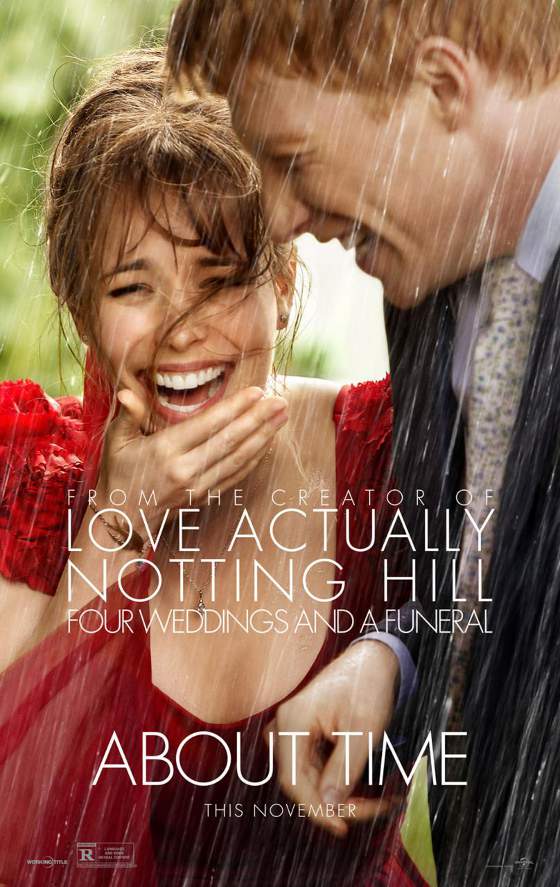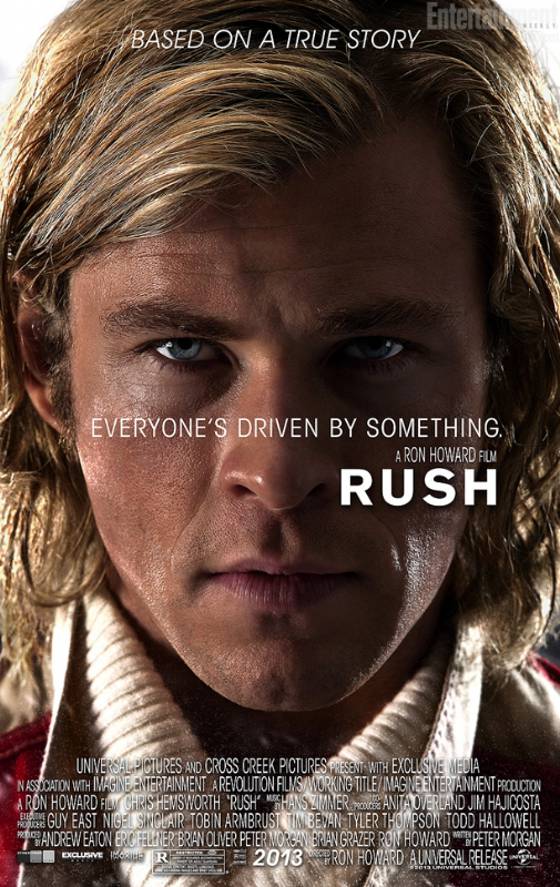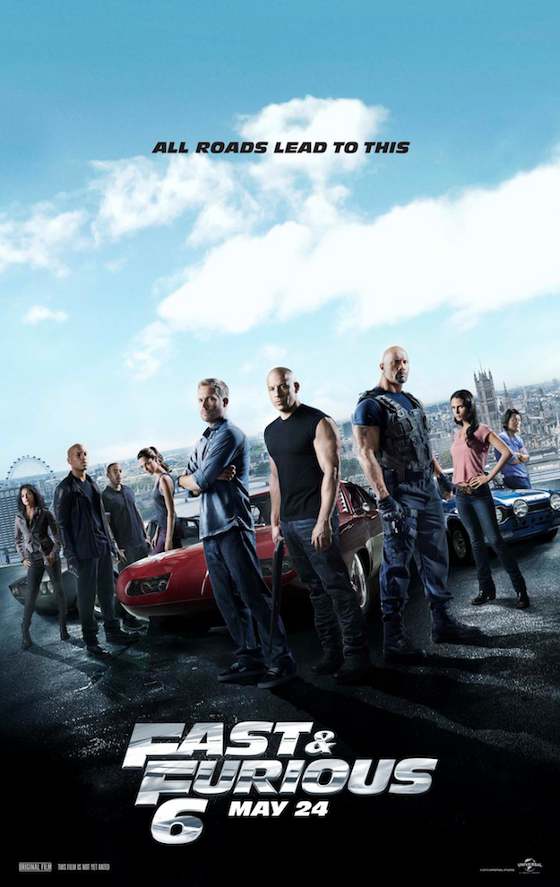After his adaptation was put on ice in 2008, a desperate Baz Luhrmann decided there was only one thing for it: get the luxury brands to back his glitzy romp. In doing so he created a new model for film financing — brand integration.

17 May 2013 – Stephen Armstrong
The Great Gatsby is all about money: old money vs new money, fake money vs real money, but mainly just money. Buckets of the stuff. Baz Luhrmann’s cinematic spectacle is a tale of heavy spending — wild parties, elegant costumes and crazy booty-shaking to frantic dance music — and that’s just the making of the film.
If you’re planning to see it at the cinema this weekend, you will see the money oozing from the screen: bespoke Miu Miu and Prada 1920s-style cocktail dresses dripping with crystals and fur; glittering diamond-studded headpieces, cufflinks, bracelets and necklaces from Tiffany & Co; 500 suits and 1,700 accessories handmade by Brooks Brothers; MAC lipstick and foundation; Fogal stockings; luxury suites at New York’s Plaza hotel. And everything drowning in Moët & Chandon champagne.
The film’s co-producer Graham Burke, CEO of Australian media company Village Roadshow, says the film has set a new benchmark for promotional tie-ups with luxury brands. Industry experts agree: ‘If content is king, then brands are the palace guards. Brands are what matter most in Hollywood’s future. They’re like manna from heaven,’ says Robert Friedman, a former executive at New Line Cinema, now president of Radical Media.
‘Product placement is as old as Hollywood itself,’ says Stacy Jones, CEO of Hollywood Branded, who secured BlackBerry’s role in Kathryn Bigelow’s Zero Dark Thirty. ‘But I think we’re about to see its heyday. You’ve got a fragmented audience, a tight financial situation, and producers realising that they need real partners — not just someone who writes them a cheque so the Chevy logo features in a scene.’
Although product placement dotted the Marx Brothers and Fatty Arbuckle movies of the 1920s and 1930s, and featured in the first film to win an Oscar, the big cash deals of the modern era began when Hershey’s Reese’s Pieces paid Steven Spielberg $1 million to feature the sweet with which Elliott lures ET from the woods. By 2005, over 35 companies paid to appear in Michael Bay’s The Island — only to be beaten by his Transformers in 2009, which had 47 paid-for logos on screen. In 2011, Morgan Spurlock’s Pom Wonderful Presents: The Greatest Movie Ever Sold led to brands themselves joining in the mocking of product placement. Since then, people have stopped talking about product placement —the buzzwords now are ‘brand integration’.
To see the future, visit The Great Gatsby’s website with its online ‘Guide to style’ and you’ll find plugs and documentaries in which the film’s stars Carey Mulligan, Elizabeth Debicki and Joel Edgerton enthuse over the Tiffany props and Brooks Brothers costumes. Or flick through the tabloid pictures of the glamorous stars at the fabulous premiere party in Cannes this week, brought to you by Moët & Chandon.Gatsby’s alliance with Fairmont Hotels sees The Plaza in New York host a Moët pop-up bar and a weekly ‘Gatsby Hour’ featuring live jazz, a speakeasy menu, and a Fitzgerald Suite that delivers an immersive Gatsby experience. In London, Fairmont’s Savoy hotel has launched a special cocktail in the American Bar. Even Harrods has bought into this new Gatsby mythology, theming its window displays — argu-ably the most important shopfront in the world — with trailers, official artwork and costumes, and replacing its green flags with Gatsby ones featuring the film’s Art Deco black and gold emblem. Inside, there are themed flower displays, Prada-clothed mannequins, and 1920s music.
To join a movie these days, brands don’t just hand over cash — in many cases they don’t even hand over cash. They become a central player, from research to props to set, and, most importantly, easing that very costly marketing spend. Just look at the Tiffany adverts currently peppering magazines and newspapers, advertising its special Gatsby collection — and also including the release date of the film.
It’s hard to get accurate figures — the deals are fiendishly complicated and shrouded in secrecy — but the promotional tie-ins on Gatsby could be worth as much as $25 million all told, including free designer dresses, vintage bottles and jewels, free location shoots and mass-produced costumes for extras. Prada and Brooks Brothers designing and making most of the costumes will have shaved close to $2 million off the producers’ spending, for instance; essentially, the wardrobe department has been outsourced.
‘Moët helped the production with period bottle labels and extensive archive research, the giant bottles you see showgirls picking up, as well as possibly in the region of $40,000 of its product at cost,’ explains Darryl Collis, director of Moët’s London-based product placement agency Seesaw. ‘Moët also supported the premiere and the Cannes party. It’s a good fit — cinema has a young, affluent audience andGatsby is an aspirational film. Different markets can place different promotional support behind the tie-in, too.’
Collis, who also helped the upmarket biker-wear company Belstaff reach number three on the most-placed brand in Hollywood list last year (behind Mercedes and Apple), explains that heavy promotion online, on TV and in store by MAC, Brooks Brothers, Tiffany, Fogal, Fairmont and Moët is a key part of the contract, helping to rope in a brand-new audience for a movie set in the 1920s. ‘If you’re talking to producers these days, they’re really wanting you to bring something like a $5 million TV campaign to the table,’ he explains. Prada hasn’t planned an extensive media campaign around the film in return for its appearance, but it does have a Gatsby-inspired line on sale.’
A so-called ‘360 deal’ like this worked for last year’s Bond movie Skyfall. Product placement from Sony Vaio to Coke Zero and Heineken were old-school pay-to-play deals, earning some $45 million. For Tom Ford and Omega watches, however, supplying kit and campaigns was key. Omega created a limited-edition Skyfall Seamaster, which it sold for close to $7,000, with accompanying co-branded advertising featuring Daniel Craig. TV commercials by Sony, Omega and Heineken added to the extensive marketing from distributor Sony, making the film James Bond’s highest-grossing movie, the biggest box-office hit the UK has ever known and the seventh highest-grossing film of all time. ‘The simple fact is that without the brands, we couldn’t make the film,’ justified Craig to fans outraged at Bond drinking lager. ‘It’s unfortunate but that’s how it is. This movie costs a lot of money to make; it costs nearly as much again, if not more, to promote, so we go where we can.’
Gatsby proves his point: the troubled birth of the movie, the complicated arrangements with brands, the full-on hip-hop-Jazz-Age-decadent lurch towards swimming-pool suicide is a perfect metaphor for Hollywood’s current perilous grip on the skyscraper of popular culture. At the start of the 21st century, the US movie industry was shrugging off the threat of internet piracy seriously affecting the record business and getting ready for blockbuster boom time — DVD sales were soaring, while private equity funds and other big-bucks investors were chucking cash at the screen. The party was still going on when Baz Luhrmann pitched his adaptation of Fitzgerald’s novel to Sony. And then — just like in the 1920s — the crash came. Financiers disappeared, DVD sales plummeted by $3 billion between 2004 and 2010, and production costs soared — the average cost of a studio movie rose from $42 million in 1995 to $80 million in 2011. All of which posed a problem for the Australian director’s $105 million budget.
In July 2011, two major movie projects juddered to a halt thanks to budget pressures. Walt Disney stalled The Lone Ranger, starring Johnny Depp, even though sets were already half-built in New Mexico, and Universal pulled out of The Dark Tower, a three-movie, two-TV-series colossus based on books by Stephen King. Around the same time, Luhrmann flew from Sydney to LA to try to save The Great Gatsby from collapse. Sony was cutting his budget down to $80 million and insisting on partners to share the risk (Australia, the director’s last passion project, had struggled at the box office but made up the shortfall on DVD sales). Luhrmann pitched to and won Warners’ executives round in a marathon meeting. His secret weapon? His wife.
Catherine Martin has been production designer on every major Luhrmann film, including Strictly Ballroom and Moulin Rouge!. She persuaded Miuccia Prada to design Leonardo DiCaprio’s chainmail for 1996’s Romeo + Juliet and helped secure an unprecedented tie-in with the Swiss luxury-goods maker Montblanc, and Piper-Heidsieck champagne, for Luhrmann’s 2002 Broadway production of La Bohème, complete with on-stage references, in return for magazine ads and mailings. Both she and her husband insist that all partnerships in Gatsby are rooted in the original story and Fitzgerald’s life, with the exception of Prada, which launched its first women’s clothing line in the late 1980s. ‘Fitzgerald had a relationship with Tiffany in a big way,’ Luhrmann told The Wall Street Journal this month. ‘In This Side of Paradise there’s that great line: “You must go to Brooks and get yourself a nice suit.” If you wanted to show off that you had the good stuff during Prohibition, you smuggled in Moët. And the 1922 vintage was a particularly good year. There were a lot of things we said no to.’
So how much can the brands expect to claw back? For Tiffany: ‘Its investment must be in the region of $10 million, not to mention all the parties and stuff it’s done in sync with it. It’s a long-term return the company is after,’ says one marketing agency director. It has also launched a collection inspired by the film, in collaboration with Catherine Martin.
All of this promotion is a survival issue for Luhrmann. After La Bohème flopped and his epic Alexander the Great biopic, also starring DiCaprio, was canned, he says he briefly considered suicide. And Warner has a poor track record when it comes to launching movies in May: Poseidon, Speed Racer and Dark Shadows all crashed in the Gatsby slot, drowned out by the buzz surrounding their rivals, Mission: Impossible III, Iron Man and Avengers Assemble respectively. He’s hoping the extra buzz created by Miuccia and co will help the movie stand out against Iron Man 3’s larger marketing spend from Sony (Iron Man’s product placement tie-ins are more traditional — Audi paid $10 million to be Tony Stark’s car of choice but, awkwardly, Honda secured the rights to the Avengers series, meaning Robert Downey Jr swaps brands depending on the movie title).
Anders Granath, co-founder of Propaganda GEM, which secured Fogal’s place inGatsby and Audi’s in Iron Man, prefers the new, highly intimate way of doing business. ‘Because of the kind of muddled landscape raised by these cash bidding wars, the most attractive properties are now ones that have never had a partnership,’ he explains. ‘Relationships with stars — like Gucci with Florence Welch — extend into social media, Facebook… that’s the kind of collaborative relationship brands want with movies.’
‘We know everything — movies, sports events, music videos — everything that’s available that’s being planned for the next four years,’ explains Stacy Jones. ‘We have producers phoning us at script stage, sometimes even when they’re trying to finance their movie. Our team is on various set locations every day and our partners include every major studio.’
For Fitzgerald, this kind of money would certainly have helped. The novel’s poor sales marked the start of his reliance on sensational short stories and Hollywood script work to pay for his heavy drinking and his wife’s medical bills. He unloaded the Gatsby film rights for $16,000 and didn’t live to see it hailed as the quintessential American novel. He died a penniless alcoholic, which suggests that Luhrmann’s strategy is the better one: don’t pay for the b
ooze, have the booze pay you, and put it on the screen.


